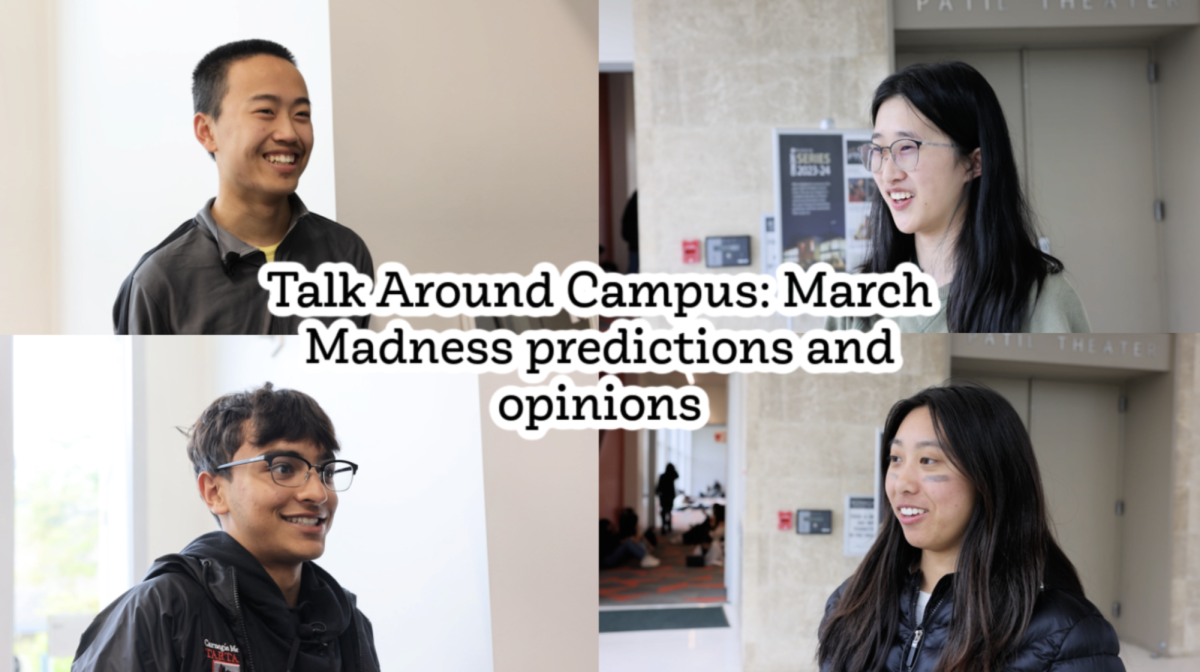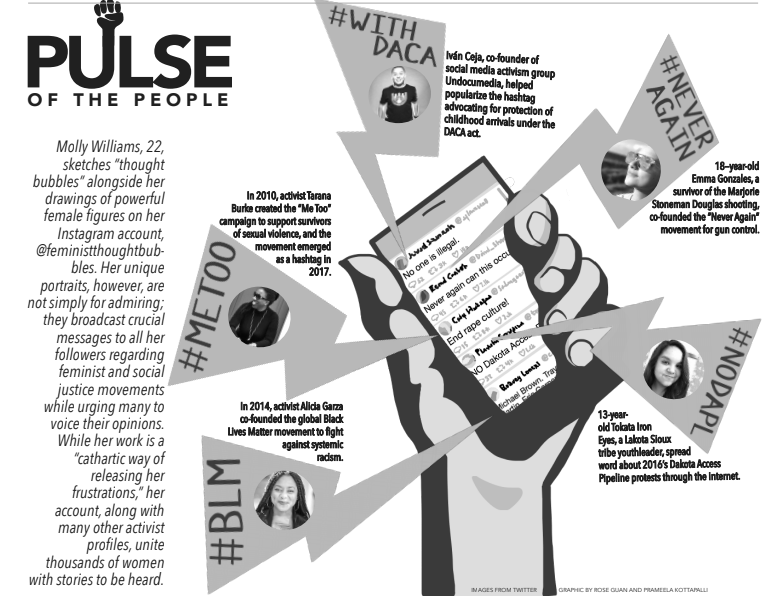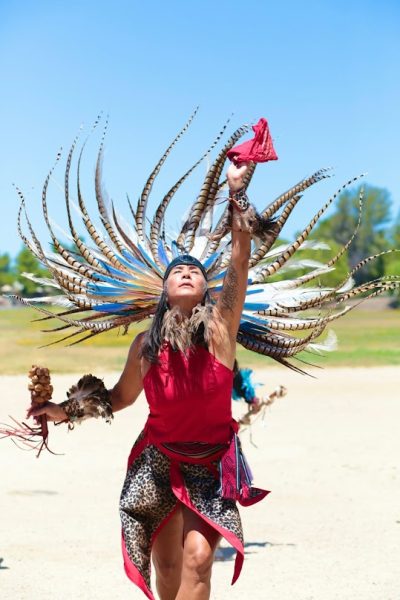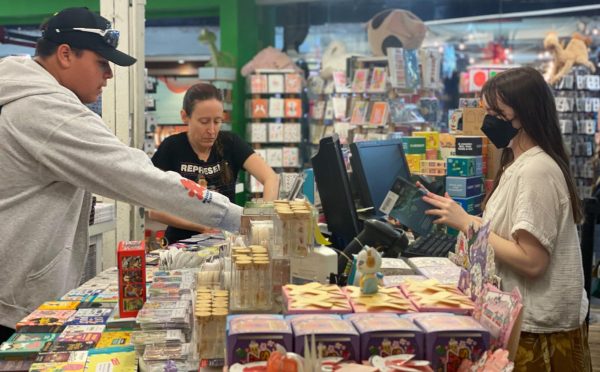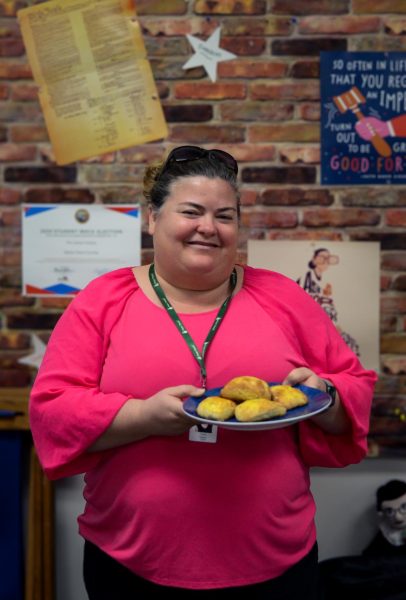Activists spark change through social media movements
Molly Williams, 22, sketches short “thought bubbles” alongside her drawings of powerful female figures on her instagram account, @feministthoughtbubbles. Her unique portraits, however, are not simply for admiring; they broadcast crucial messages to all her followers regarding feminist and social justice movements while urging many to voice their opinions. She finds that not only is her art a “cathartic way of channeling her frustration,” but her account, along with many other activist profiles, unite thousands of women with stories to be heard.
Social media activism, from the #BlackLivesMatter movement to the #MeToo movement, has become exponentially impactful due to recent events.
“A hashtag is not helping. Hashtags are very pretty on Twitter. I love them. I will hashtag myself into next week,” activist and television producer Shonda Rhimes said during a speech at Dartmouth College in 2014. “But a hashtag is not a movement. A
hashtag does not make you Dr. King. A hashtag does not change anything.”
But Monterey high school junior Simone Brown believes differently.
“The best thing I think I can do is educate people and empower people,” Brown said. “My goal is just to spread these ideas to as many people as I can.”
The internet often provides an opportunity for anonymous cyberbullies, and this can extend impactfully to social media activists. The best approach, according to Brown? “Live and let go.”
“When I first started my account,” she says, “I tried to respond to every hate comment I got,” Brown said. “What I found was that when someone comes to an account, and they really try and attack you, they’re not trying to have their minds changed. They have their opinion, which is, for them, set in stone. I don’t want to spend my time working with bullies and trolls; I’d rather spend my time educating and empowering people.”
16-year-old Emma Tang views social media as a tool that can be used to redefine feminism and share impactful posts with her nearly twenty thousand followers. Those who run the accounts understand and have seen firsthand the impact social media activism can have.
“I think [social media] has a huge potential to change the minds of the youth because that’s where a lot of teenagers and kids get their ideas and get their impressions,” Brown said.
Tang has seen this firsthand: “I’ve gotten messages from followers saying that I’ve changed how they see feminism or how they see the world. To me, that really inspires me to continue.”
Tang was inspired by a desire to redefine feminism. “I used to follow a lot of accounts, and a lot of them weren’t what I thought feminism was,” Tang said. “I figured I would make my own account.”
But the online medium and the fast-paced nature of social media do have their shortcomings.
“When I post, sometimes a lot of people don’t read the captions and there are a lot of misunderstandings or I can’t make the captions short enough because a lot of people don’t want to read several paragraphs, so I have to get my point across in one or two sentences,” Tang says.
With the advent of fear surrounding “fake news”, activism accounts are keeping tabs on their sources.
“Usually, when it comes to news, I put it through Google and check on my sources. I have posted things I’ve gotten outrage to. I have put out false information before, and usually I’ll get a DM that tells me that this is false, and I’ll take it down and put an apology on my [Instagram] story,” Tang said.
Running an account provides an opportunity both for followers and the manager of the account to grow as activists.
“The more people I get to connect with, the more my knowledge expands on these issues. I want to keep educating myself, because there’s always space to learn more.”
This piece was originally published in the pages of The Winged Post on March 6, 2018.
Farah Hosseini (9) is a reporter for Harker Journalism in her first year on staff. She enjoys journalism because it gives her the chance to connect with...































![Setter Emma Lee (9) sets the ball to the middle during the match against Pinewood on Sept. 12. “[I’m looking forward to] getting more skilled, learning more about my position and also becoming better friends with all of my teammates, Emma said.](https://harkeraquila.com/wp-content/uploads/2023/09/DSC_4917-2-1200x795.jpg)








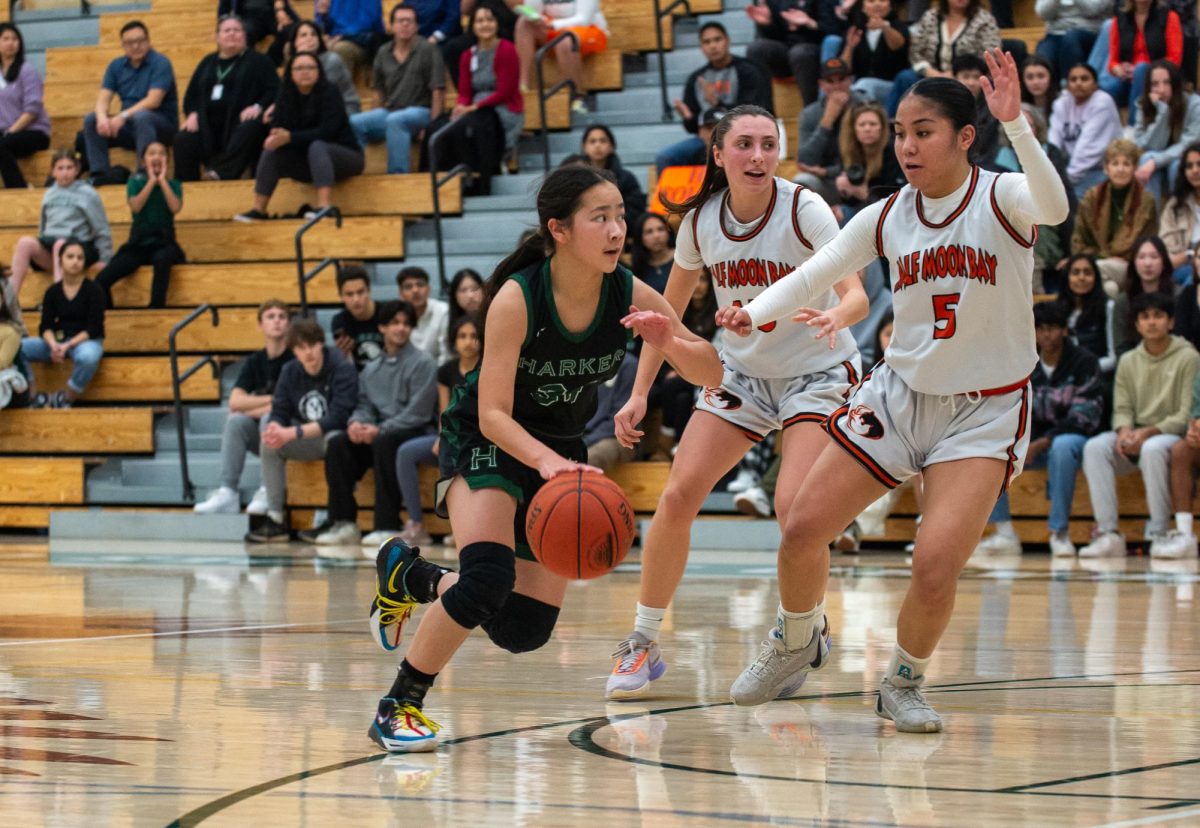























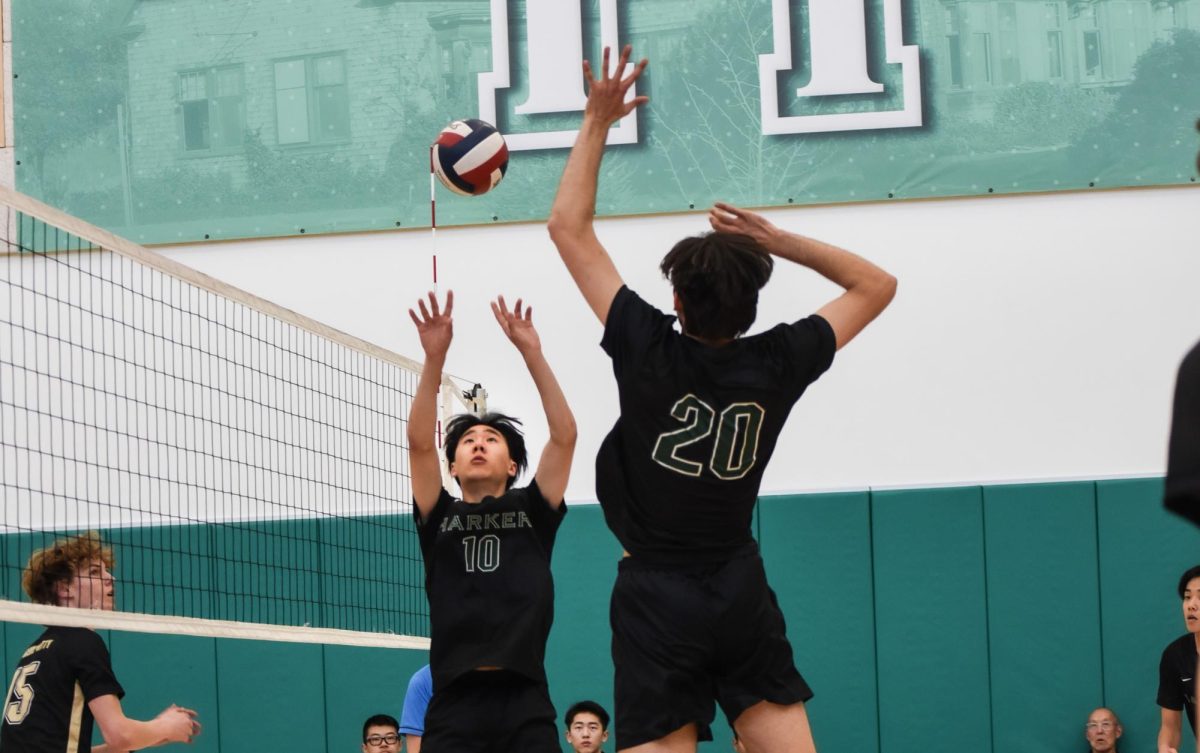
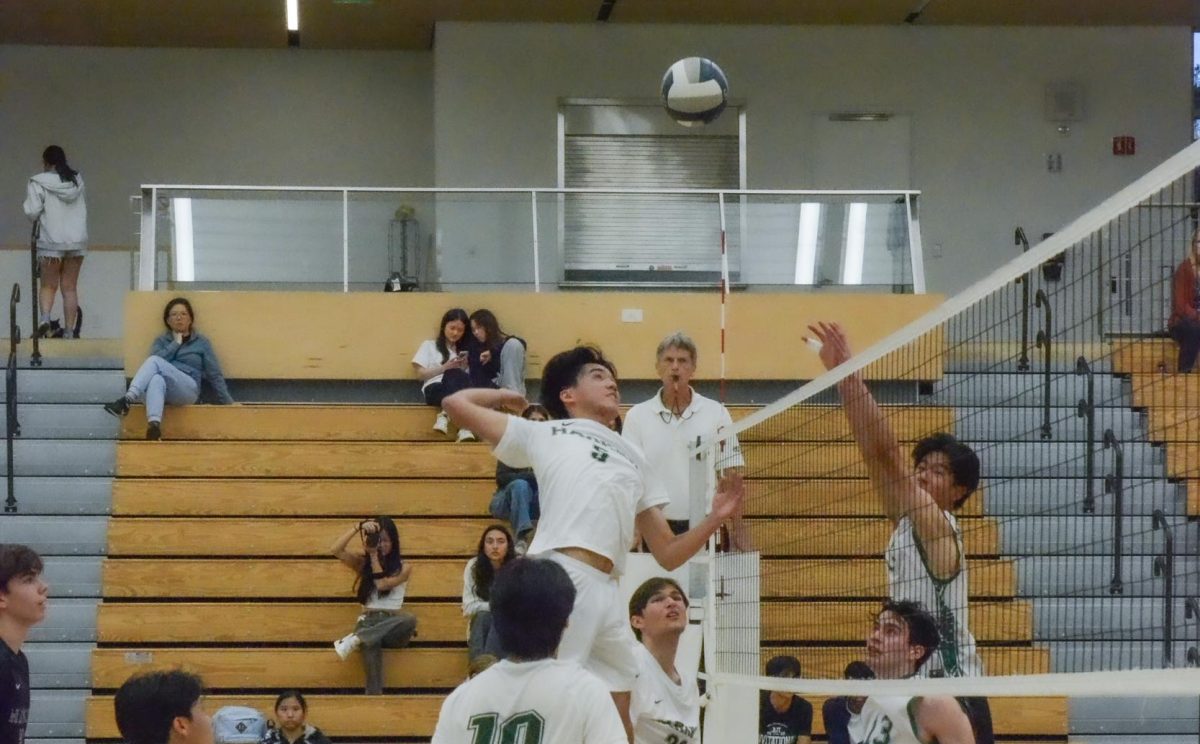

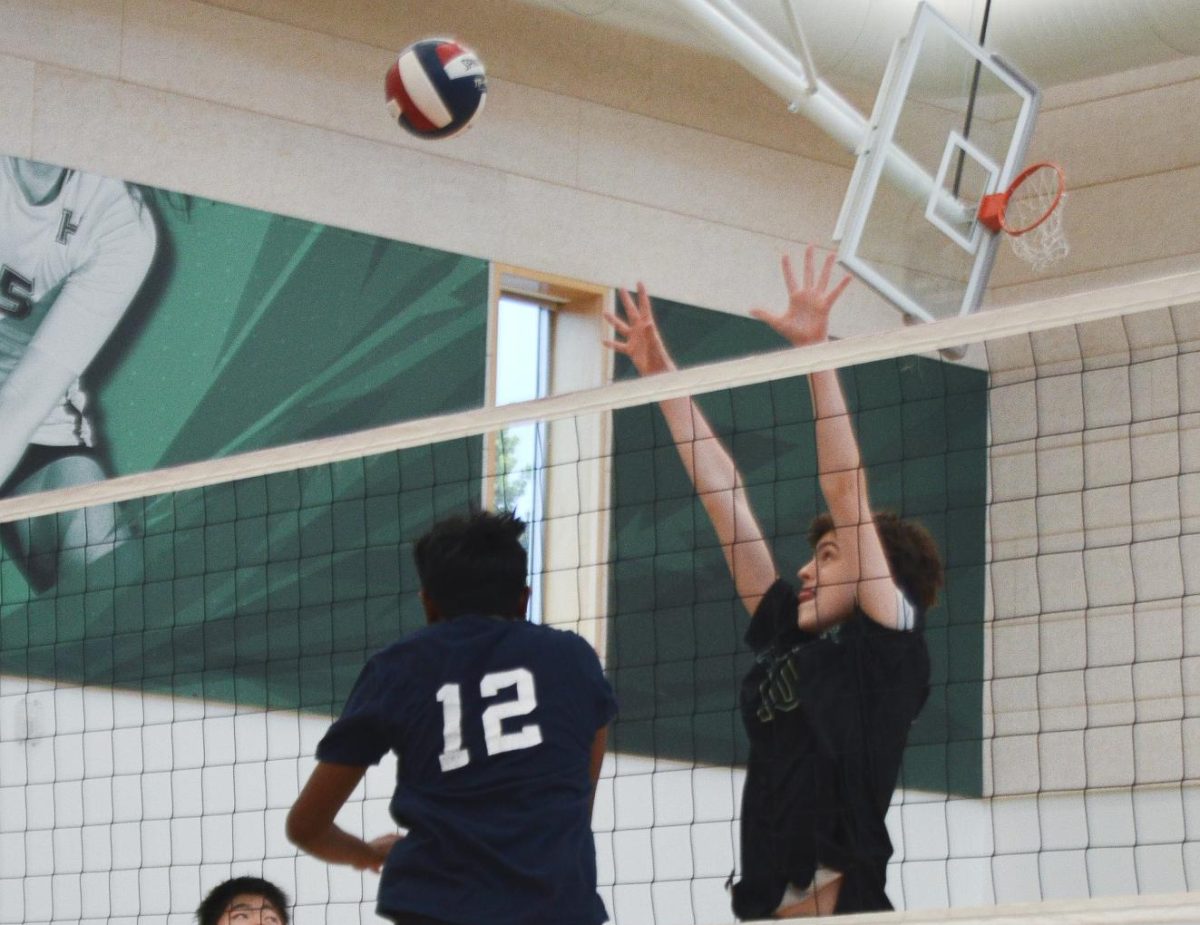
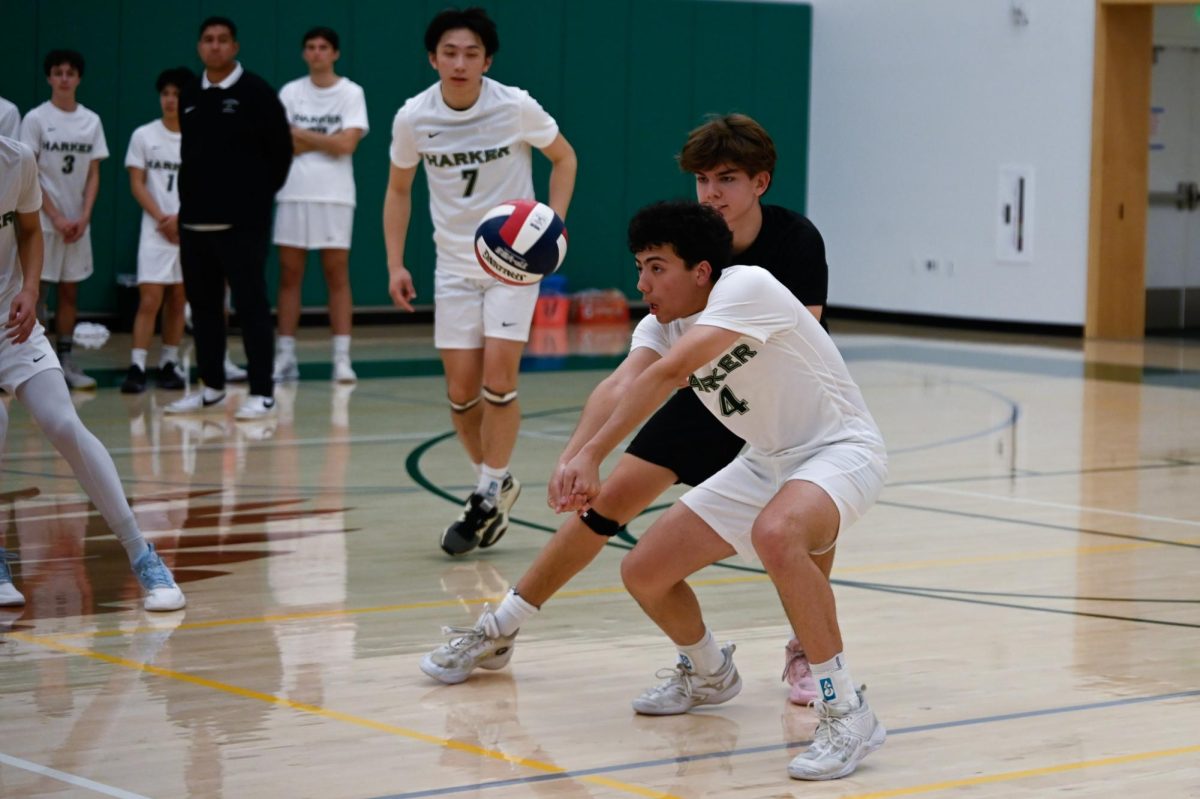






























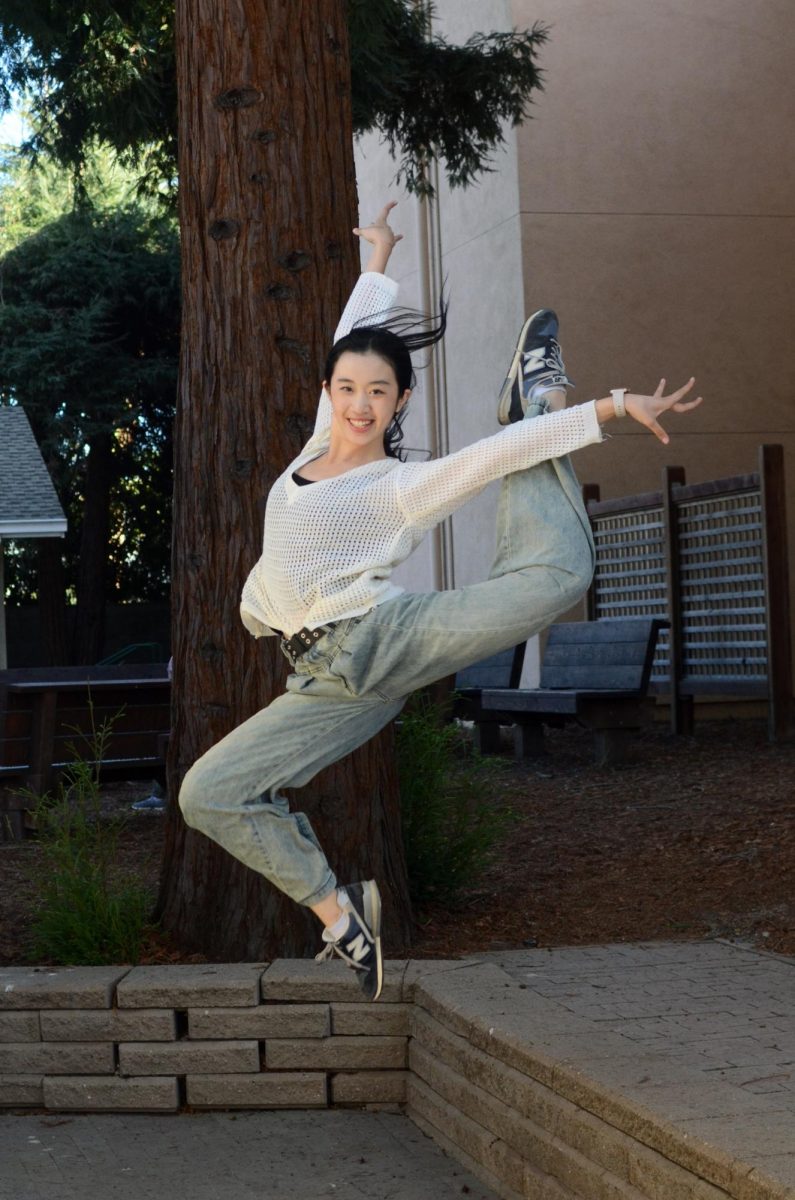
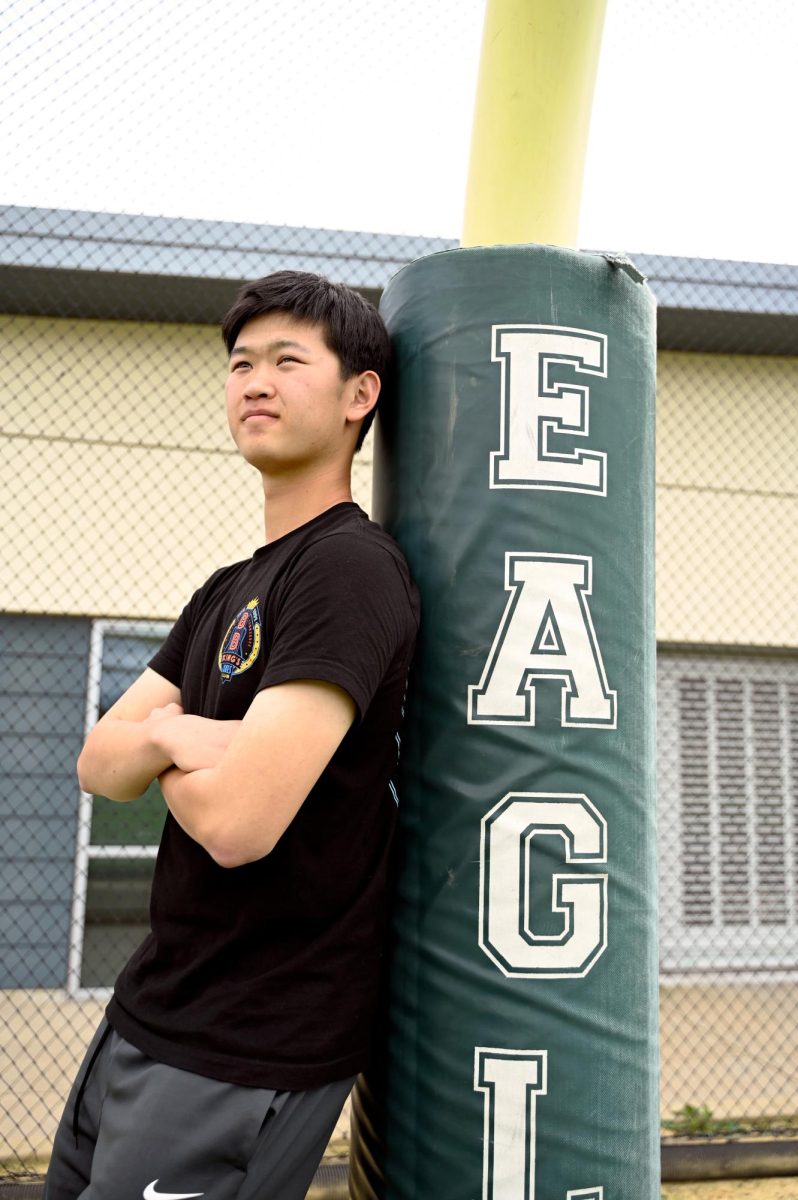









![“[Building nerf blasters] became this outlet of creativity for me that hasnt been matched by anything else. The process [of] making a build complete to your desire is such a painstakingly difficult process, but Ive had to learn from [the skills needed from] soldering to proper painting. Theres so many different options for everything, if you think about it, it exists. The best part is [that] if it doesnt exist, you can build it yourself, Ishaan Parate said.](https://harkeraquila.com/wp-content/uploads/2022/08/DSC_8149-900x604.jpg)


![“Animation just clicked in a way. I had been interested in art, but that felt different. [Animation] felt like it had something behind it, whereas previous things felt surface level. I wasnt making that crazy of things, but just the process of doing it was much more enjoyable, Carter Chadwick (22) said.](https://harkeraquila.com/wp-content/uploads/2022/08/Screen-Shot-2022-08-16-at-9.44.08-AM-900x598.png)


![“When I came into high school, I was ready to be a follower. But DECA was a game changer for me. It helped me overcome my fear of public speaking, and its played such a major role in who Ive become today. To be able to successfully lead a chapter of 150 students, an officer team and be one of the upperclassmen I once really admired is something Im [really] proud of,” Anvitha Tummala (21) said.](https://harkeraquila.com/wp-content/uploads/2021/07/Screen-Shot-2021-07-25-at-9.50.05-AM-900x594.png)



![“[Volleyball has] taught me how to fall correctly, and another thing it taught is that you don’t have to be the best at something to be good at it. If you just hit the ball in a smart way, then it still scores points and you’re good at it. You could be a background player and still make a much bigger impact on the team than you would think,” Anya Gert (’20) said.](https://harkeraquila.com/wp-content/uploads/2020/06/AnnaGert_JinTuan_HoHPhotoEdited-600x900.jpeg)

![“Im not nearly there yet, but [my confidence has] definitely been getting better since I was pretty shy and timid coming into Harker my freshman year. I know that theres a lot of people that are really confident in what they do, and I really admire them. Everyones so driven and that has really pushed me to kind of try to find my own place in high school and be more confident,” Alyssa Huang (’20) said.](https://harkeraquila.com/wp-content/uploads/2020/06/AlyssaHuang_EmilyChen_HoHPhoto-900x749.jpeg)













![“My slogan is ‘slow feet, don’t eat, and I’m hungry.’ You need to run fast to get where you are–you arent going to get those championships if you arent fast,” Angel Cervantes (12) said. “I want to do well in school on my tests and in track and win championships for my team. I live by that, [and] I can do that anywhere: in the classroom or on the field.”](https://harkeraquila.com/wp-content/uploads/2018/06/DSC5146-900x601.jpg)

![“I think getting up in the morning and having a sense of purpose [is exciting]. I think without a certain amount of drive, life is kind of obsolete and mundane, and I think having that every single day is what makes each day unique and kind of makes life exciting,” Neymika Jain (12) said.](https://harkeraquila.com/wp-content/uploads/2017/06/Screen-Shot-2017-06-03-at-4.54.16-PM.png)







